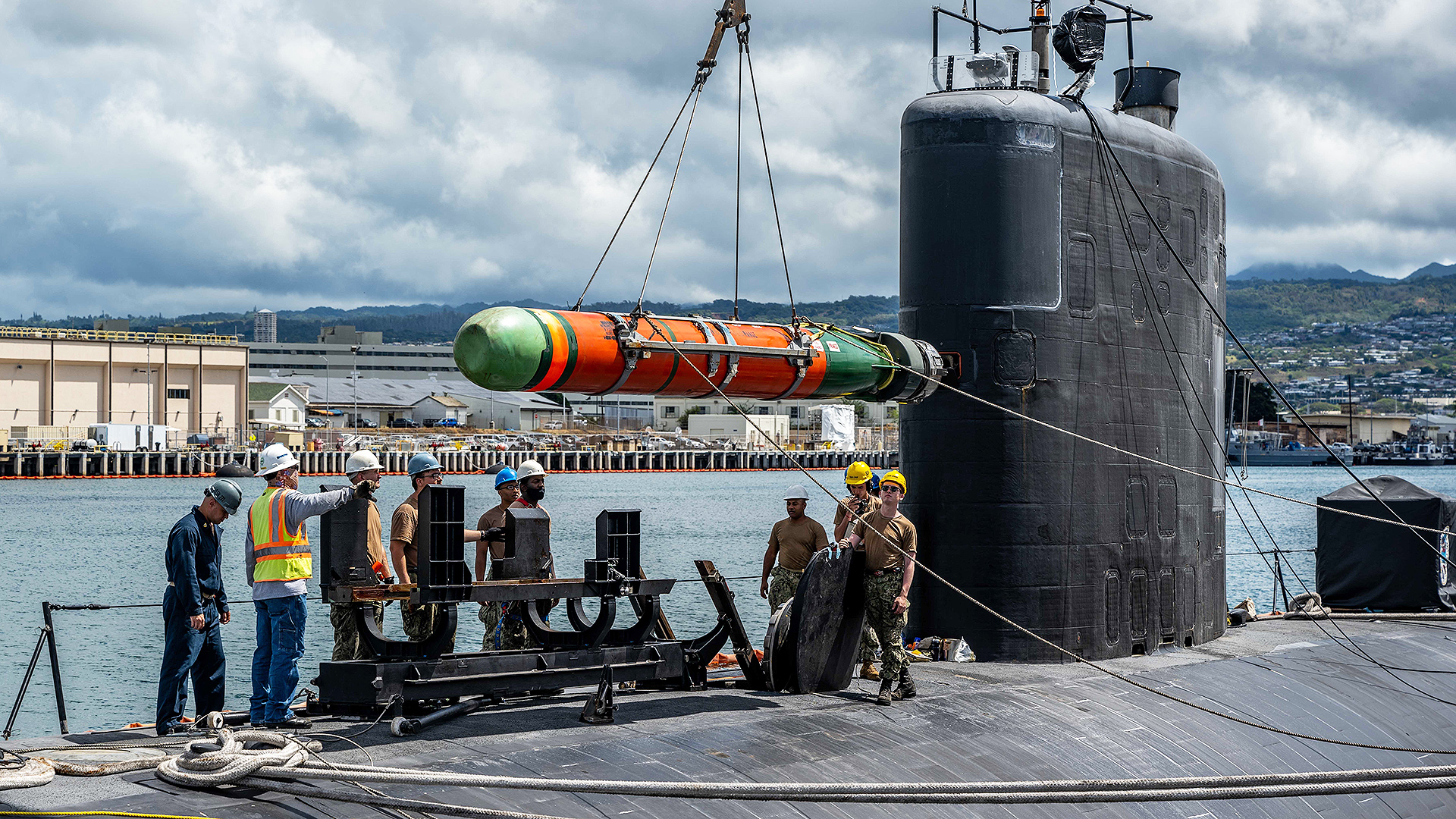With the Navy’s restarted Mk 48 Mod 7 production line churning out 10 new torpedoes per month and the Mod 8 follow-on set to start delivering in the next few years, service leaders are aware that the demand signal for submarine weapons is growing.
Enter the Rapid Acquisition Procurable Torpedo, or RAPTOR – a concept early in the testing stages that officials hope could provide the service with quick-delivery and inexpensive submarine munitions that may be transferable to other platforms as well.
Capt. Chris Polk, the Navy’s program manager for undersea weapons, detailed the effort to The War Zone and other attendees at the Navy League’s Sea Air Space symposium near Washington, D.C. on Wednesday. The goal, Polk said, was to have a torpedo that costs $500,000 or less, with all components acquired and produced within a year. For comparison, the current unit cost of a Mk 48 Mod 7 torpedo is approximately $4.2 million, according to the Navy’s 2025 Fiscal Year budget request.
“You think I’m crazy, but this can happen, especially when you’re not making an ADCAP [Advanced Capability torpedo],” Polk said, referring to the Navy’s recent Mk 48 heavyweight torpedo variants. “This is a mission-specific, limited-capability weapon, but it’s still the same explosive yield.”
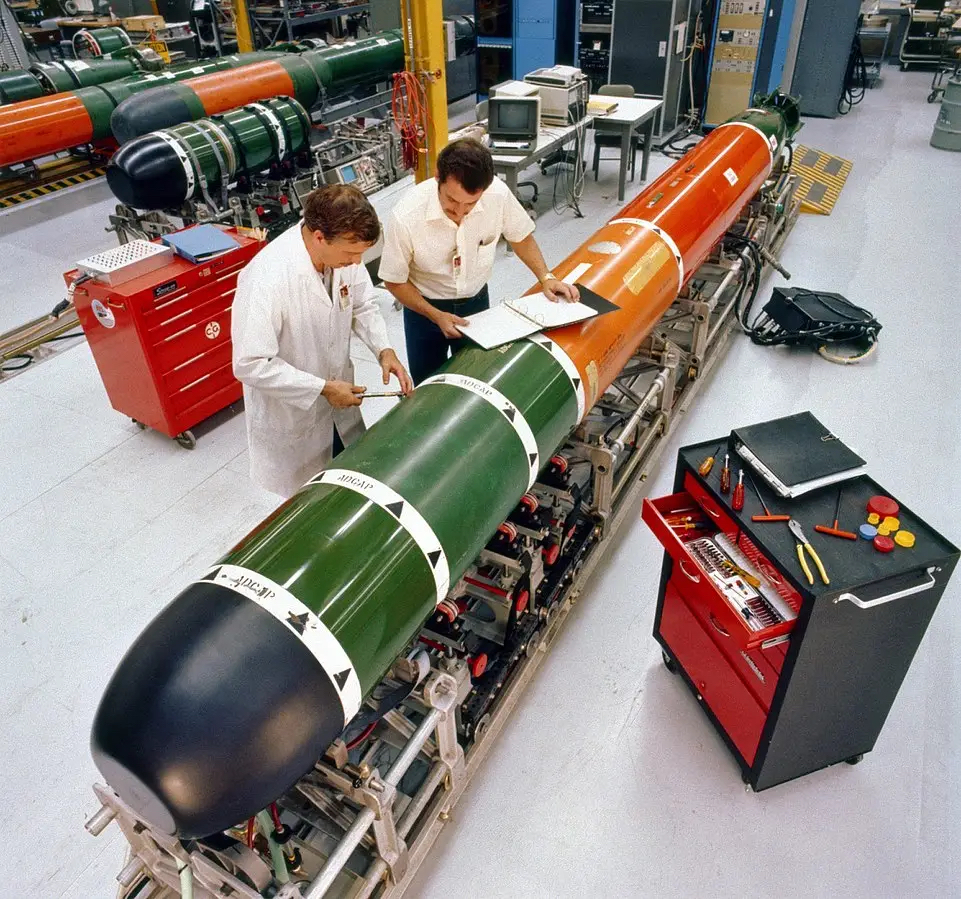
The demand for an additional submarine munitions source comes in part as a result of hot conflicts around the world. This includes the war in Ukraine, where large quantities are Western weapons are being consumed, as well as the Middle East, where Iranian-backed Houthi rebels of Yemen are destabilizing maritime activities around the Red Sea and sucking up large sums of advanced and expensive American weapons, which are challenging to restock, in the process.
“I think recent experience in Ukraine and the Red Sea emphasize the [Defense Department’s] critical demand for all types of munitions in order to enforce the policies of our elected leaders and to ensure that our Navy can operate worldwide undeterred,” Polk said.
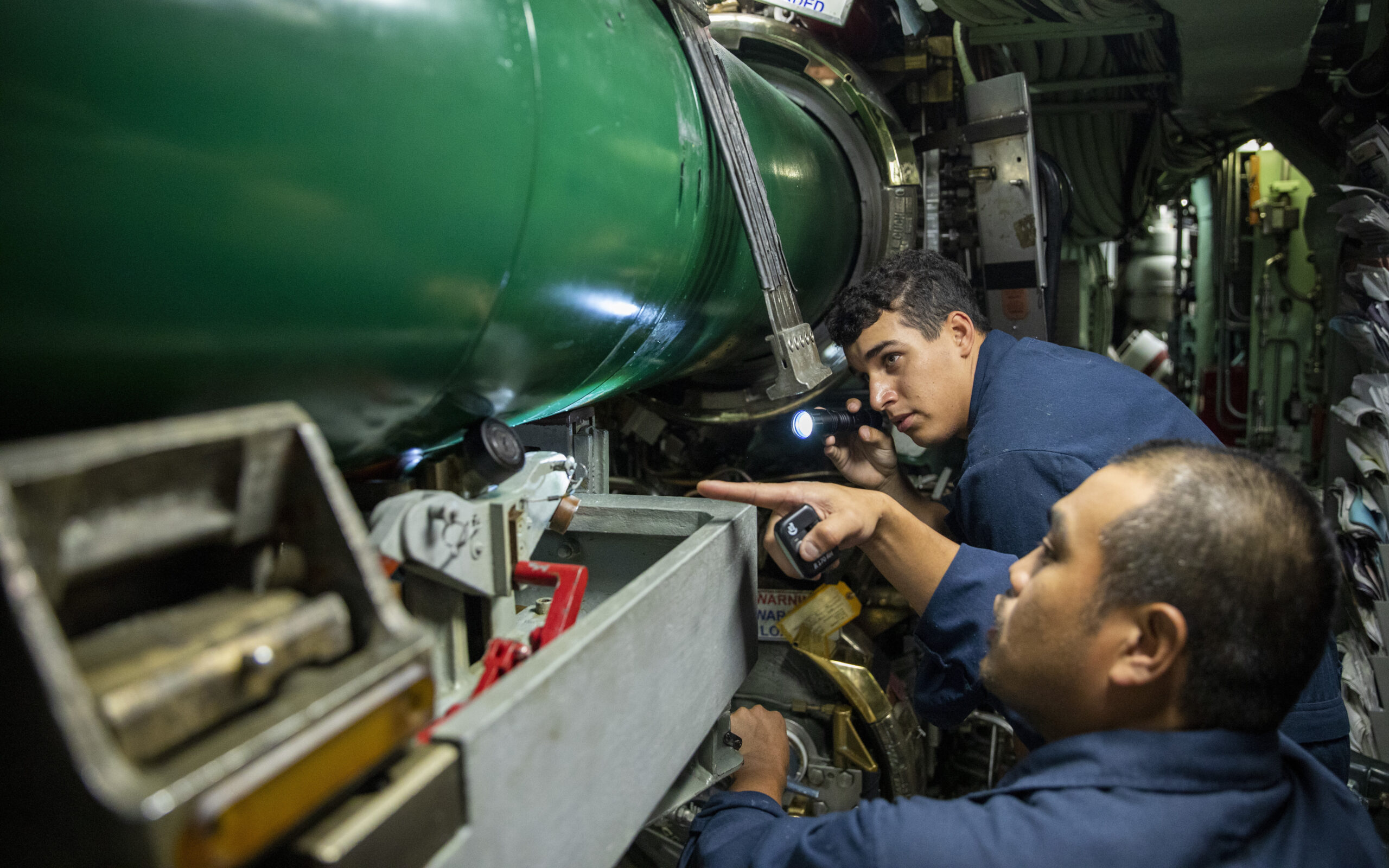
While not mentioned in Polk’s briefing, China’s investments in developing nuclear and advanced diesel-electric submarines, alongside expansions to its surface navy, also have the U.S. Navy on notice. The next-generation Type 096 nuclear ballistic missile submarine, set to enter service for the People’s Liberation Army Navy (PLAN) before 2030, was described by analyst Christopher Carlson in October as a future “nightmare” for the U.S. and NATO due to its stealthy characteristics.
Supply chain issues also threaten the production of conventional heavyweight torpedoes. The production line for the Mk 48 Mod 7 was halted in 1996 and restarted beginning in Fiscal Year 2016. As Defense News previously reported, redesigning the torpedo to troubleshoot part obsolescence after a two-decade production hiatus took about three years. A ramp-up in production driven by combat requirements in a future war could, Navy leaders have acknowledged, create parts bottlenecks, leading to shortages for both the Mod 7 and the future Mod 8.
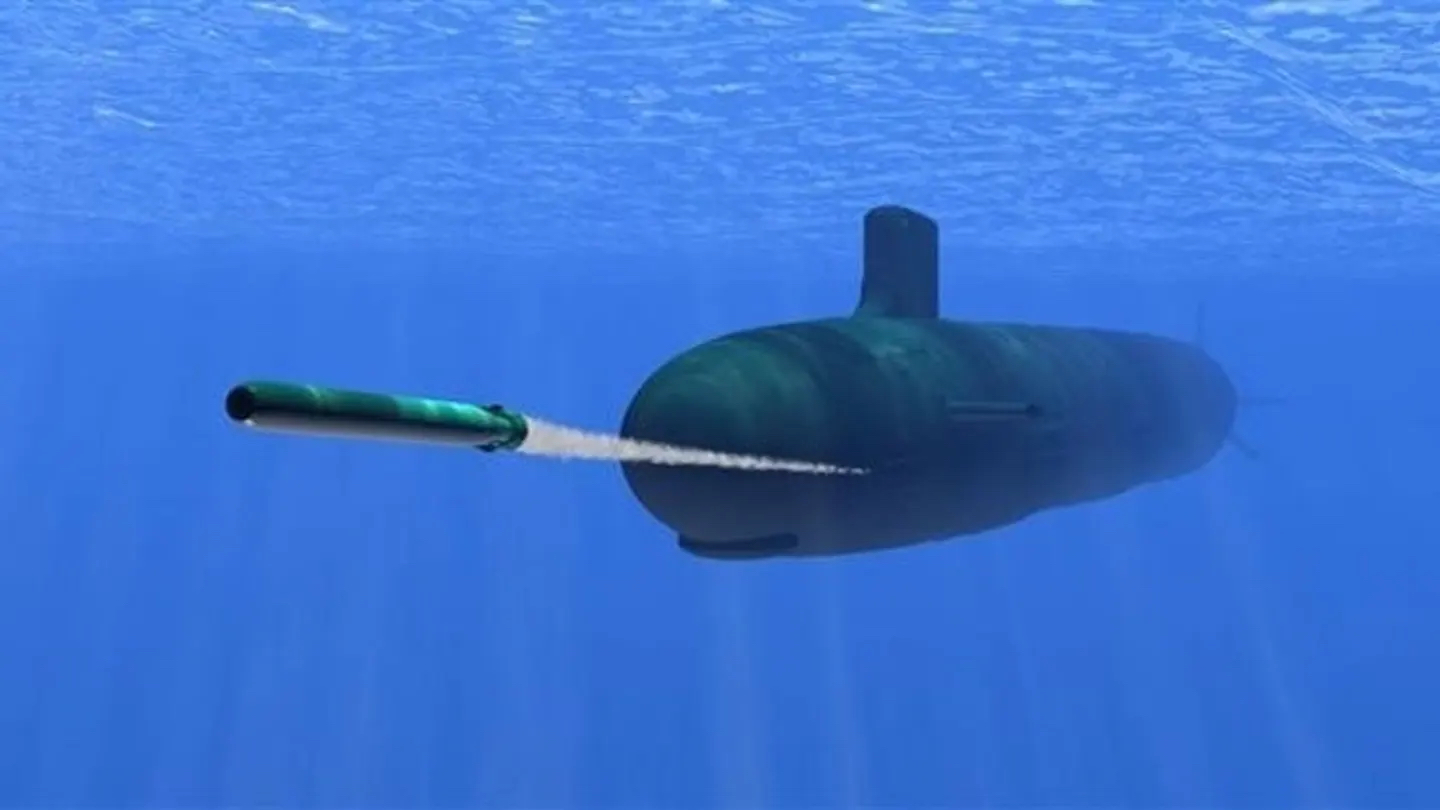
RAPTOR, as Polk describes it, might pinch-hit in the case of a parts squeeze.
“What RAPTOR is, talking about supply chain challenges,” Polk said, “is, what can I make that looks like a heavyweight torpedo, but with procurable parts.”
Rear Adm. Todd Weeks, program executive officer for strategic submarines, said the prospect of a future hot war in the Pacific also demands unconventional solutions.
“If we go to war today, it’s with the Navy we have,” he said. “So thinking out of the box, thinking about the problem differently, is really what this is all about. It’s as much a thought exercise today as it is anything else. But we’ll see where it goes.”
A key to the vision for RAPTOR, Polk said, is removing many of the high-end requirements that make the current ADCAP torpedoes the highly evolved multi-mission weapons that do “everything to the 10th degree.” If the Navy can compromise on elite speed, depth, and mission requirements for these specific munitions, Polk suggests it could in exchange achieve a numerical advantage with a stockpile of weapons more limited in mission and scope.
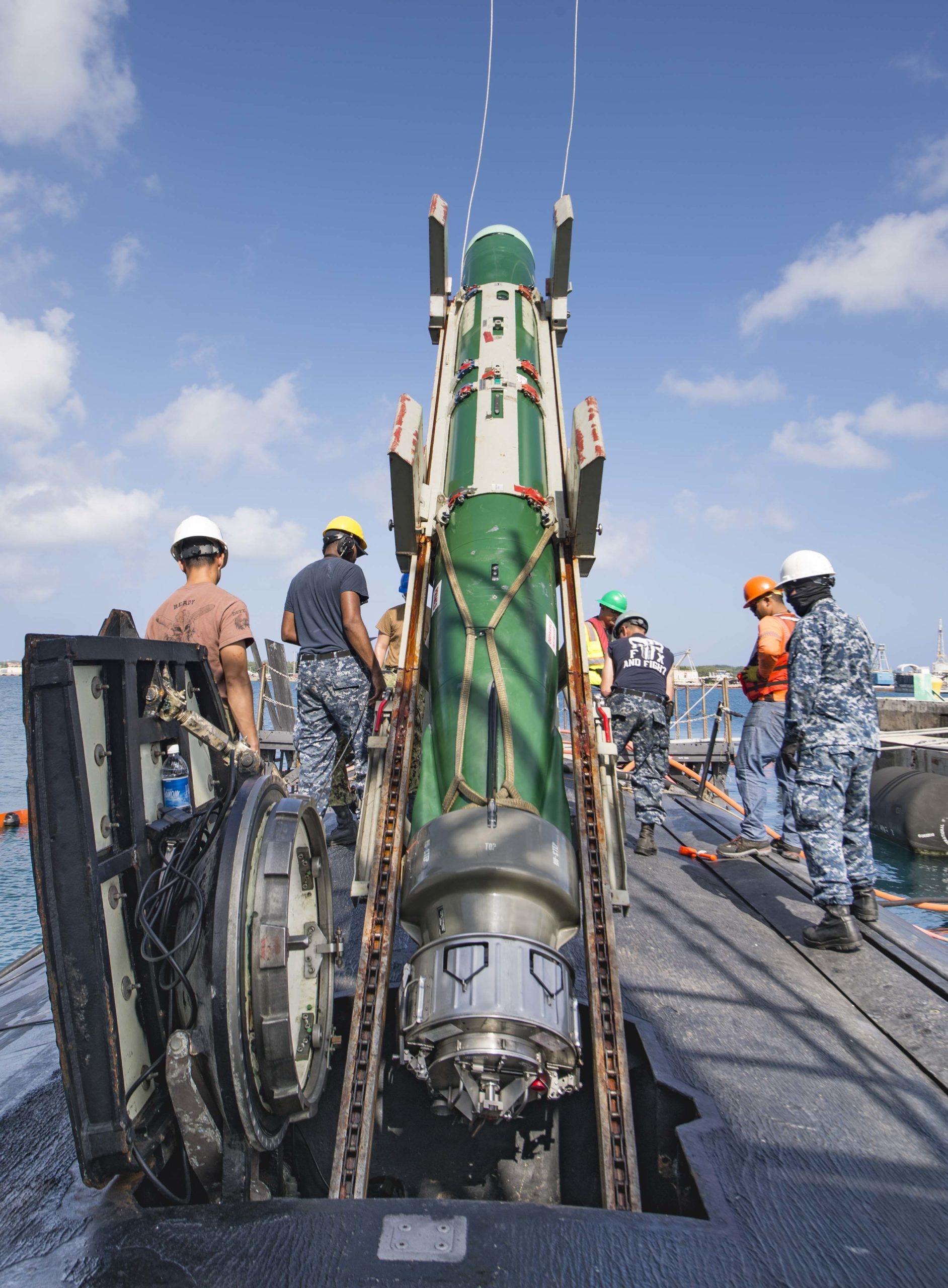
Rear Adm. Weeks called RAPTOR the product of “a lot of smart people sitting around trying to rethink the problem.” He and Polk characterized the development effort as consisting to date of tabletop exercises and PowerPoint presentations and emphasized that no program of record yet existed for RAPTOR.
Polk hinted that a limited-mission cheap torpedo might have applications to other platforms apart from Navy submarines, but declined to expand on the other uses being considered.
“There’s other platforms that could launch a heavyweight torpedo, if necessary,” he said. “Some things are in development right now. I guess we’re trying not to limit ourselves to just submarine launch applications.”
Ships, helicopters, and maritime patrol aircraft all launch torpedoes in today’s U.S. Navy. Unmanned systems will also deploy them in combat in the future.
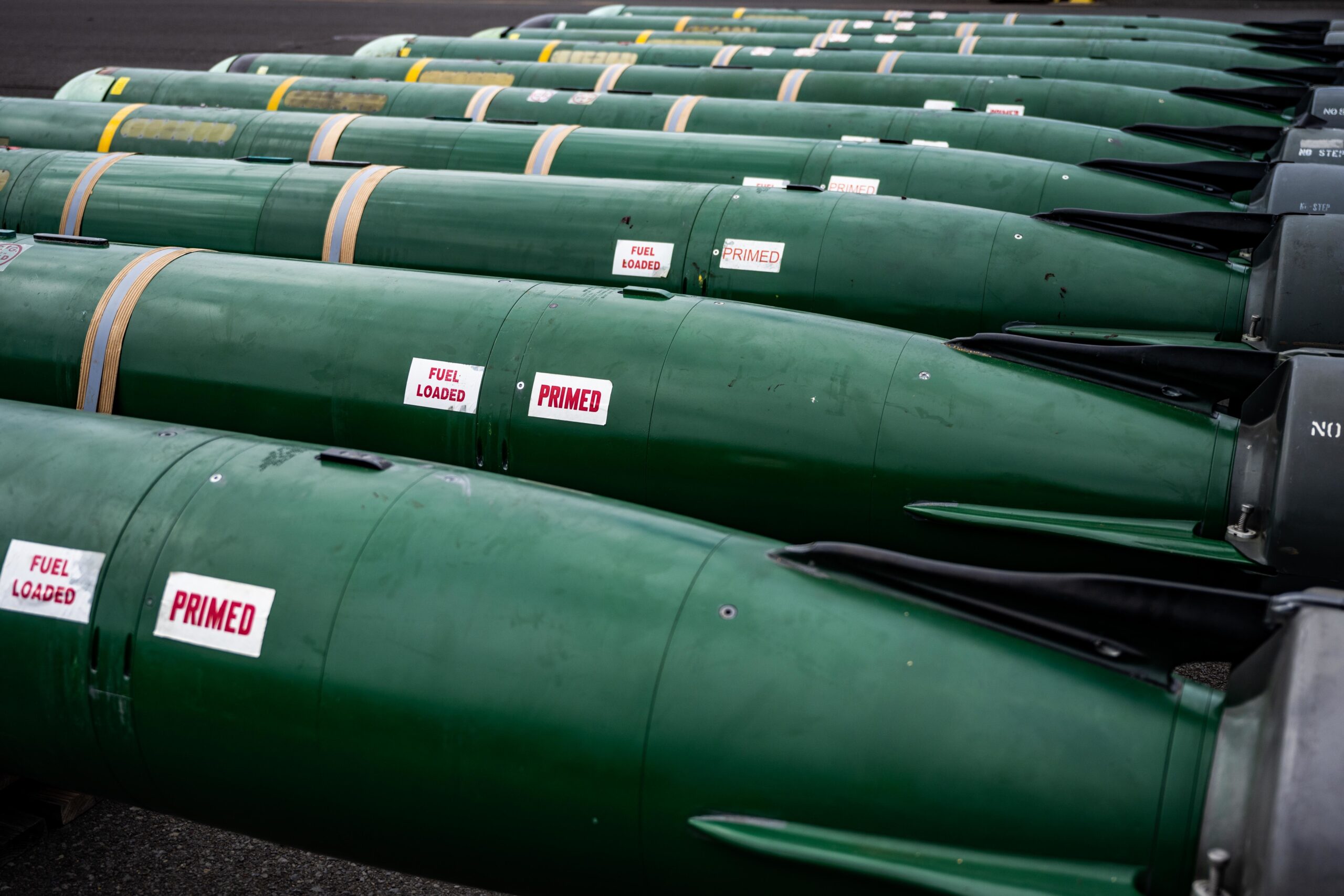
The concept of cheap, fast-buy versions of more exquisite equipment has recently held great appeal for the U.S. military. The Air Force even coined the adjective “attritable” to describe a category of unmanned air platforms and other weapons that are cheap enough to be lost in combat without major consequence. For years, the service tested low-cost, fuel-efficient air-launched cruise missiles under a program known as Gray Wolf in anticipation of a future conflict in which mass missile launches might be required. There has been continued interest in this kind of capability since then. Just in January, the Air Force Research Laboratory announced a challenge for the development of a missile that costs less than $150,000 per unit and has a range of 500 nautical miles.
However, the Defense Department has struggled to limit the expense and requirements for ostensibly low-cost and limited-utility systems, making the intent behind concepts like RAPTOR difficult to realize. Current conflicts also underscore the weak point that the U.S. fondness for exquisite weapons represents: the aforementioned need for munitions to support Ukraine, for example, have put a spotlight on lengthy production lead times. During a war in the Pacific, the number of naval targets would be larger than anything seen since the Cold War. The ability to quickly replenish torpedo stocks, especially for use against less capable targets, could be a major factor in succeeding in such a conflict.
Polk does have a target for a physical experiment: he wants to have a prototype or demonstrator in the water by the end of the year. To do that, he added, he and collaborators are considering a range of research and development partners, including DARPA, the Office of Naval Research, and commercial companies, “to take this concept from paper to be in the water.”
For now, the full-capacity Mk 48 Mod 8 torpedoes are set to start rolling off production lines in 2027, according to the briefing.
Contact the editor: tyler@twz.com
